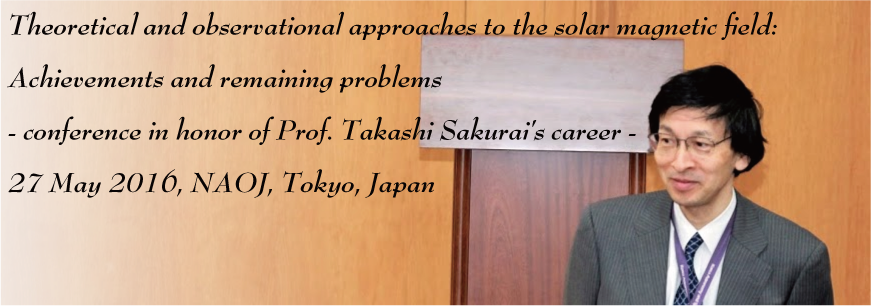
M. Oka
Particles are accelerated to very high, non-thermal energies during explosive energy-release phenomena such as solar flares and terrestrial substorms. While it has been established that magnetic reconnection plays a key role in these phenomena, the precise mechanism of particle acceleration is still being discussed from both theoretical and observational points of view. In order to constrain theories, it is important to characterize the observed forms of energy spectra using quantities such as density, temperature and power-law spectral index. These quantities would further enable us to discuss how particle energies are partitioned between thermal and non-thermal components. Here we show, based on a compilation of previously reported observations, that the power-law spectral index k may have a lower-limit at k ~ 4 in both solar flares and terrestrial substorms (i.e., k > 4), where k is defined in a form of the kappa distribution. This is in stark contrast to the case of particle acceleration at shocks (such as interplanetary shocks and the terrestrial bow shock) whose power-law spectral index (when properly converted to that of the kappa distribution) often exceeds the limit (i.e., k < 4). The result of this review suggests that explosive energy-release phenomena such as solar flares and terrestrial substorms are not as efficient as shocks in terms of converting upstream energies to non-thermal particle energies at least in the heliospheric, non-relativistic environment of plasmas.
Back to Poster